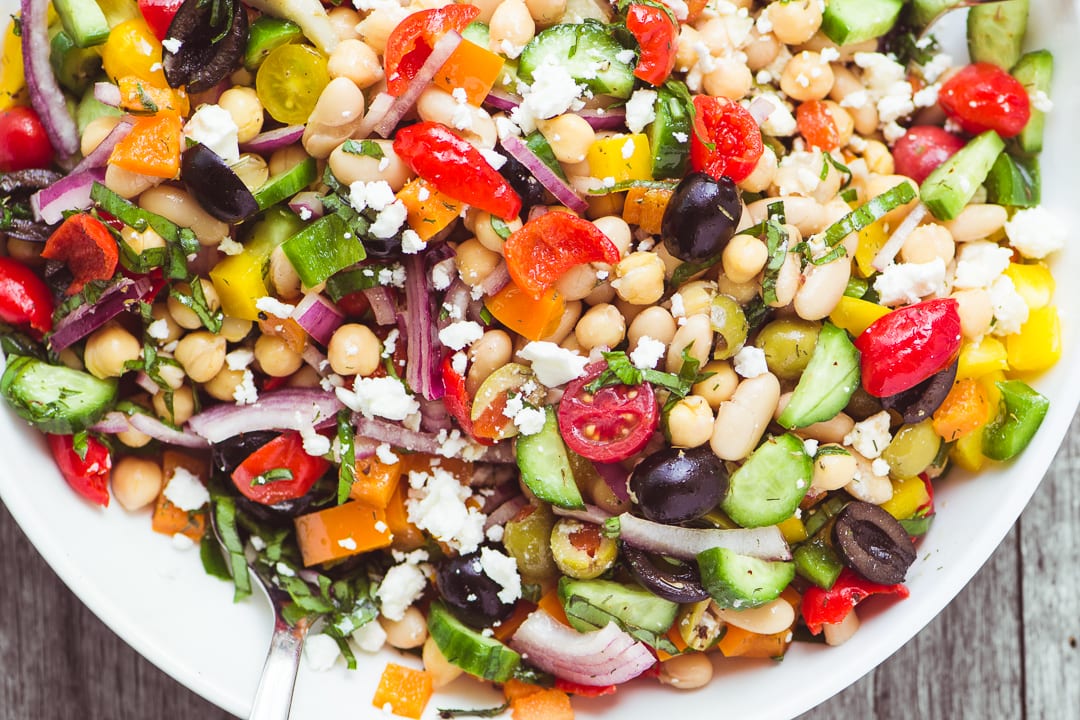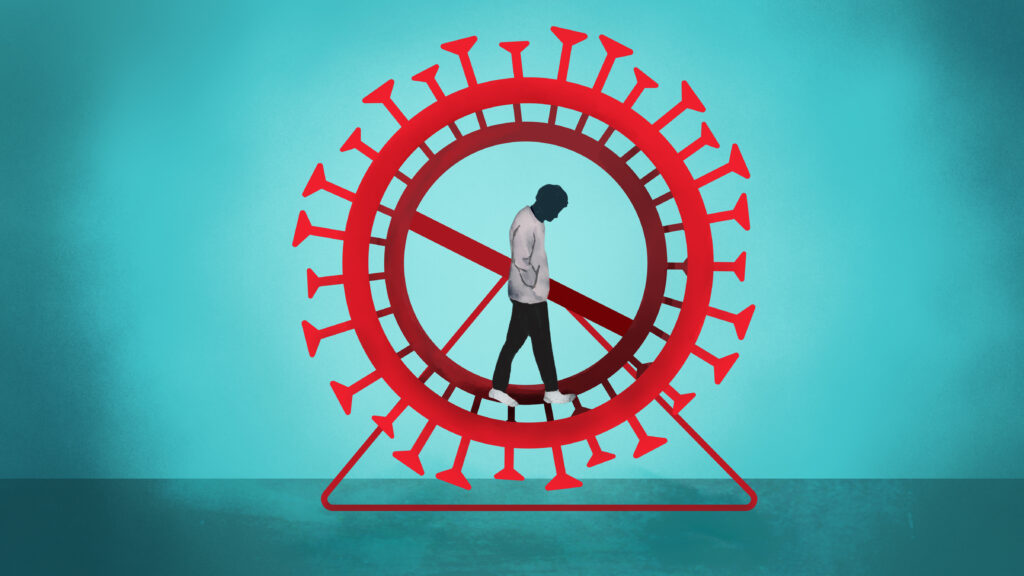
Everybody likes a nice sunny day. It brings about a good mood, a feeling of well-being, and overall a positive take on the day. Being outside can allow for physical activity, a dose of vitamin D, and reduce stress. However, the warm rays of the sun also cause damage. The sun produces ultraviolet rays which are an invisible form of radiation. There are three types of UV rays produced by the sun: UVA, UVB and UVC. UVC rays have the shortest wavelength of the three and are absorbed by the ozone layer before reaching Earth and therefore not of significance to us.
Medium wavelength UVB cannot penetrate beyond the superficial skin layers. It is responsible for delayed tanning, skin burn, enhanced skin aging and is associated with skin cancer. UVB accounts for about 5% of UV rays reaching the ground as most solar UVB is filtered by the atmosphere. Long wavelength UVA accounts for approximately 95% of the UV radiation reaching the Earth’s surface. It penetrates the deeper layers of the skin and is responsible for the immediate tanning effect, premature skin aging, sunspots, wrinkles, and the development of skin cancers.
Here are some of the ways to protect ourselves while enjoying the sun:
Sunscreen or sunblock - Apply to your face and body about 30 minutes before going out in the sun to allow it to bind to your skin and make sure you re-apply every 2 hours if you remain in the sun as sunscreen does wear off
Sunglasses - protect the skin around your eyes from UV damage and also reduce the risk of cataracts
Clothing - try to wear long sleeved shirts or long skirts or pants, darker clothes may provide more protection, look for clothing certified as providing UV protection
Hats - wear a hat that has a brim that shades your face and neck
Shade - find areas of shade if possible if remaining outside for long periods
Sunscreen is one of the most important things that we can do to protect our skin from photodamage. Sunscreen serves as a chemical defense that absorbs the UV rays before they damage the skin layers. When choosing a sunscreen, we often look at the SPF, or Sun Protection Factor. This is a measure of how well sunscreen protects against UVB rays, not UVA. Sunscreens that provide SPF 15 or SPF 30 are recommended. Interestingly, sunscreens with higher SPFs, such as SPF 75, do not provide significantly greater protection than SPF 30. An SPF of 15 filters out about 93% of UVB rays, compared to 97% for SPF 30. Darker skin types can use a lower level, such as SPF 15, since they have more melanin in their skin, which does give some protection. However, although darker skin may not sunburn as easily as those with fair skin, they are still at risk of skin damage from sun exposure. If your skin changes color after 10 minutes of unprotected sun exposure, then SPF 15 will allow a factor of 15 times more before skin burn occurs so about 150 minutes (SPF 30 will allow a factor of 30 times more in this instance so about 5 hours to prevent sun burn).
Sunscreen Q&A:
When should we wear sunscreen?
Everyday.
Even when we stay home all day or it’s cloudy outside?
Yes. UVA rays can penetrate through clouds, clothing, fog, and glass including windows. A simple car ride to the grocery store or sitting at your breakfast table sipping coffee can cause skin damage.
Which goes first? Sunscreen or bug spray?
Apply sunscreen first! Let it absorb into your skin and then apply insect repellent.
What SPF Sunscreen should we apply to our skin?
SPF 15 or higher. It is important to understand that the best sunscreen is not always the expensive one. What is important is that it provides broad spectrum coverage (meaning coverage against both UVA and UVB) and is at least SPF 15.



 There is no real scientific basis why 10,0000 steps is recommended. So how did this number come about? In the mid 1960s, a Japanese clock company created a marketing campaign for a pedometer called the Manpo-kei(which translates to 10,000 steps). The 1964 Tokyo Olympic Games had awakened health consciousness and coupled with an obesity epidemic, it was felt this waist step counter would decrease chronic illnesses such as obesity and heart disease. Interesting enough, the Japanese character for 10,000 looks like a person walking also.
There is no real scientific basis why 10,0000 steps is recommended. So how did this number come about? In the mid 1960s, a Japanese clock company created a marketing campaign for a pedometer called the Manpo-kei(which translates to 10,000 steps). The 1964 Tokyo Olympic Games had awakened health consciousness and coupled with an obesity epidemic, it was felt this waist step counter would decrease chronic illnesses such as obesity and heart disease. Interesting enough, the Japanese character for 10,000 looks like a person walking also.

